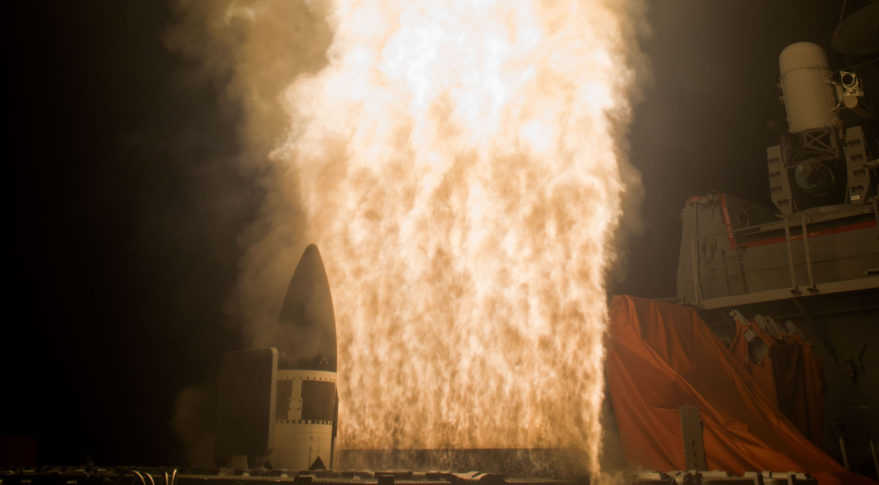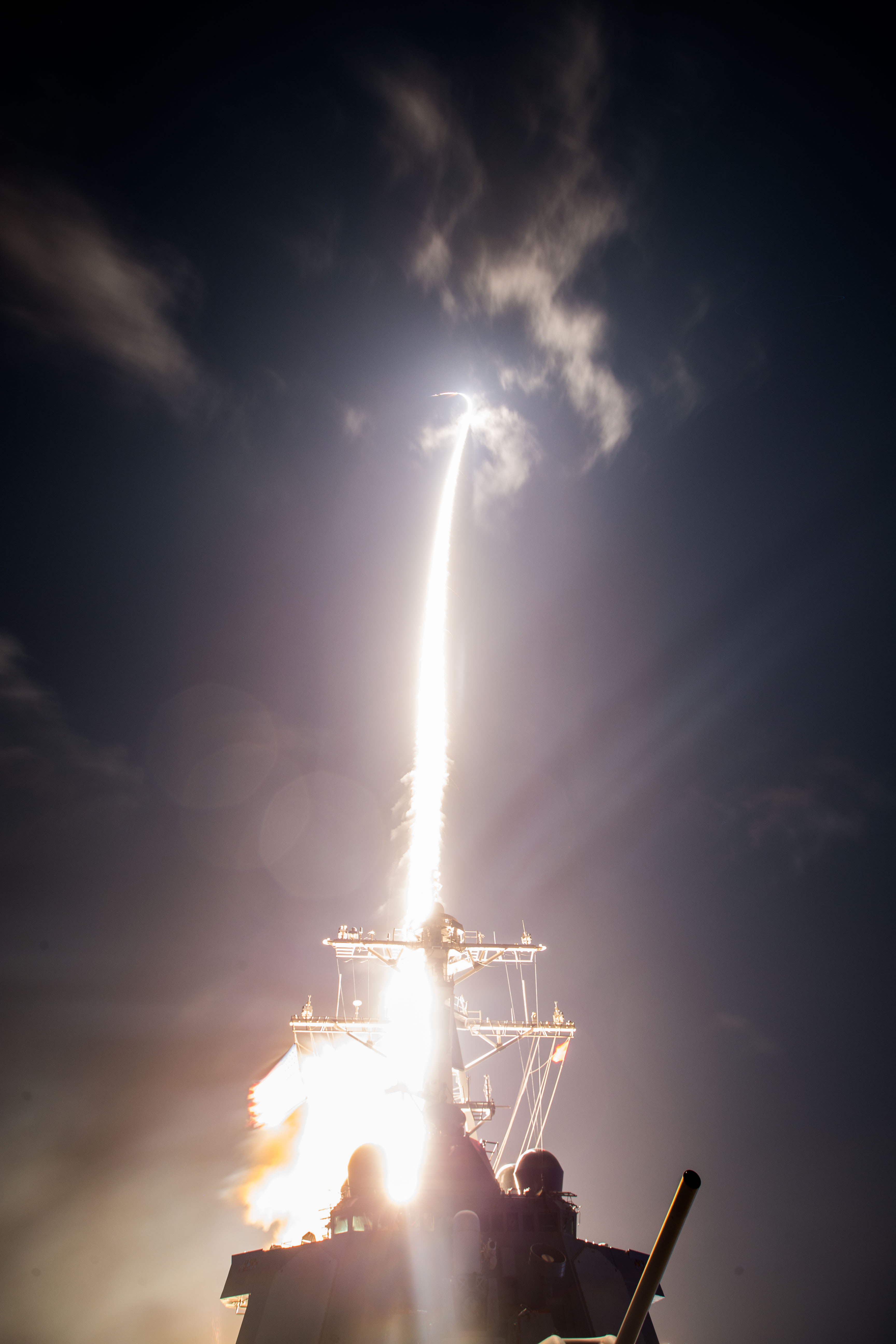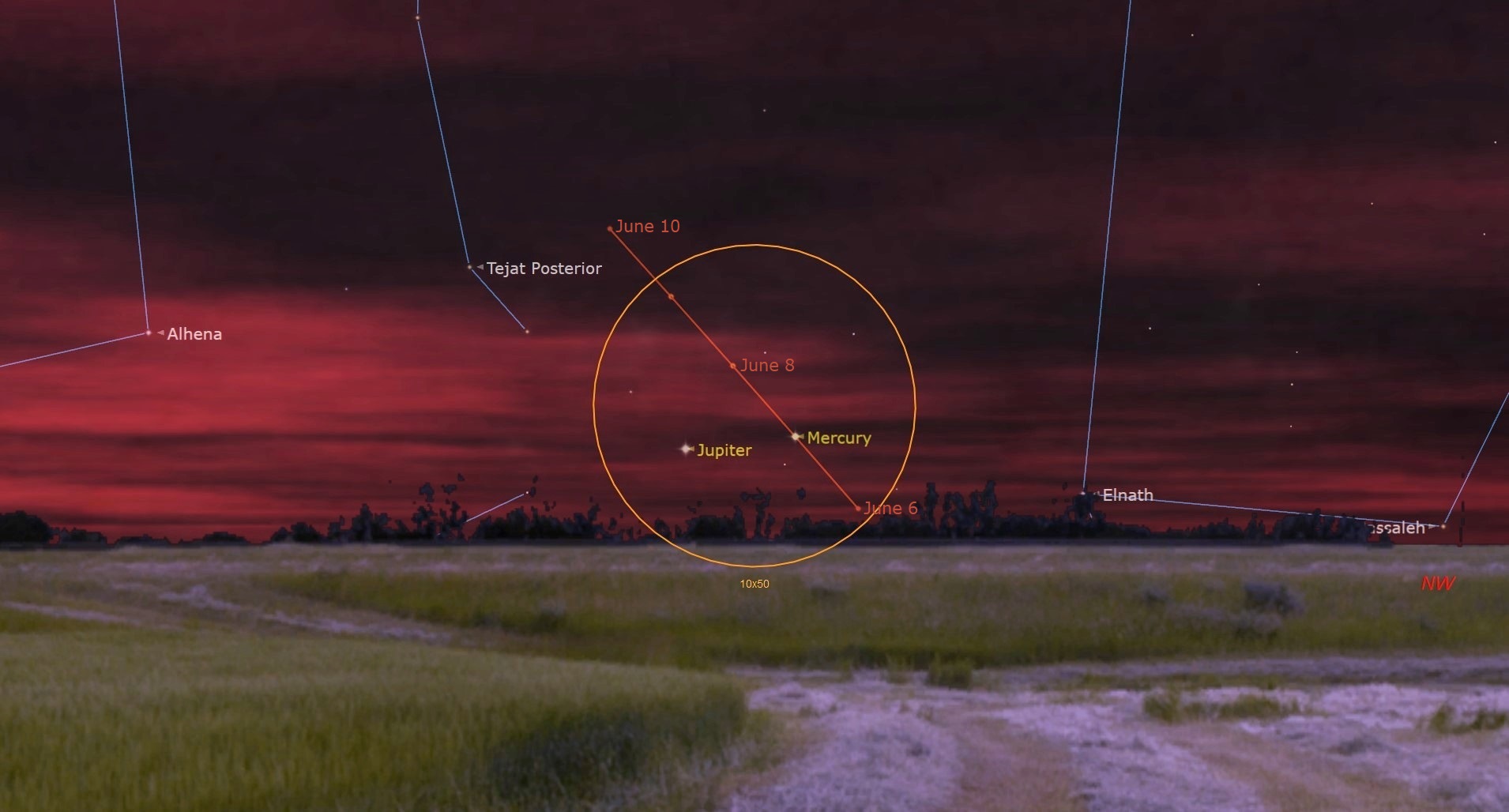US, Japan Hope Next-Generation Interceptor Will Be Future of Missile Defense

WASHINGTON – The U.S. and Japan successfully tested the latest ballistic- missile interceptor Feb. 4, a system military leaders say they hope will be the future of missile defense.
"Today's test demonstrates a critical milestone in the cooperative development of the [Standard Missile]-3 Block 2A missile," said Vice Adm. Jim Syring, the director of the Missile Defense Agency, in a statement.
"The missile, developed jointly by a Japanese and U.S. government and industry team, is vitally important to both our nations and will ultimately improve our ability to defend against increasing ballistic missile threats around the world," Syring continued. [Video: Watch the Missile Defense Test Launch]
The U.S., Japan, and European allies are eyeing the system as an integral part of defense against any missiles launched by North Korea and Iran.
The Raytheon-built SM-3 Block 2A interceptor is part of the U.S. Navy's Aegis Ballistic Missile Defense system. The U.S. and Japan built the system to stop medium- and intermediate-range missile threats, according to an MDA press release. The test took place at the Pacific Missile Range Facility at Kauai, Hawaii, Feb. 3 local time.

The SM-3 Block 2A interceptor is a bigger and more capable version of the Raytheon-built SM-3 Block 1A and 1B interceptors.
It was the first intercept test for the Block 2A interceptor, and the first time it was fired from an Aegis-equipped ship, in this case the USS John Paul Jones.
Get the Space.com Newsletter
Breaking space news, the latest updates on rocket launches, skywatching events and more!
Raytheon said the test helped to evaluate many aspects of the system's performance, including divert and attitude control systems, nosecone performance, steering control, and separation of second and third stage rockets.
"The SM-3 Block 2A program continues to reflect MDA's commitment to maturing this regional ballistic missile defense capability for the defense of our nation, its deployed forces and our allies abroad," said Taylor Lawrence, Raytheon's Missile Systems president, in a press release. "This test success keeps the program on track for deployment at sea and ashore in the 2018 timeframe, building on Raytheon's unequalled fifteen-year history of exo-atmospheric intercepts."
Riki Ellison, the chairman of the Missile Defense Advocacy Alliance, said the Block 2A system has more than twice the range of Block 1A and 1B, "thereby enabling U.S. and Japanese ships to stand off coast lines at great distances near threat regions."

"This capability enables defense of more area with less ships by having earlier shot opportunities due to the increased speed and range of the interceptor there by enabling the Navy to defend more area worldwide," Ellison said.
The interceptor's first stage is powered by an Aerojet Rocketdyne MK 72 booster, while the warhead is maneuvered using the company's Throttling Divert and Attitude Control System, or TDACS.
"The SM-3 Block 2A TDACS is the next evolution of the extremely successful SM-3 Block 1B TDACS," said CEO and President Eileen Drake, adding that the new system "allows a significantly greater area to be defended and is more producible."
This story was provided by SpaceNews, dedicated to covering all aspects of the space industry.
Join our Space Forums to keep talking space on the latest missions, night sky and more! And if you have a news tip, correction or comment, let us know at: community@space.com.

Phillip Swarts covered the military, national security and government contracting in space for Space News from 2016 to 2017. A master's graduate of the Medill School of Journalism at Northwestern University, Swarts's work can also be found at The Washington Times and Air Force Times. More recently, he has worked as a teacher for the Arlington Public School District.

